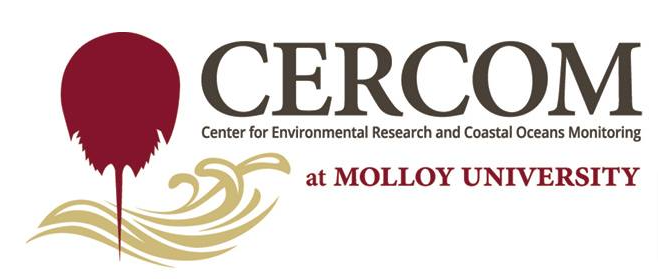Publication Date
2015
Document Type
Horseshoe Crab Annual Inventory Report
Abstract
Considerable concern regarding the abundance of the North American Horseshoe Crab (HSC), Limulus polyphemus, along the coasts of New Jersey and Delaware prompted past moratoriums on collecting HSC for bait in New Jersey. The parallel population decline in migratory shorebirds such as Red Knots, Calidris canutus, Ruddy Turnstones, Arenaria interpres, and others that seasonally feed on the copious quantities of HSC eggs laid along this shoreline resulted in reduced HSC collection permits to numbers considered sustainable. In New York State’s Marine District, which is mostly comprised of the Long Island coastline, there is no reliable or routine inventory network existing for determining HSC populations or habitat. Shorebird data, which has been collected by Audubon Chapters, the National Park Service and the U.S. Fish and Wildlife Service, as well as academia, have hinted at declining HSC populations. Anecdotal information from these same sources, as well as coastal enthusiasts and recreationalists providing support for a declining population of HSC in the metropolitan New York City area, serve to but these data lack scientific rigor to assess annual trends in local HSC populations and their relationship to human activity, commerce, etc. Molloy College’s Long Island HSC Network commenced quantifying and recording data to address this void in 2003 and continues with the submission of this 2014 report.
Recommended Citation
CERCOM, Molloy University; Tanacredi, John Ph.D.; and Portilla, Sixto E., "Long Island Horseshoe Crab Network Annual Inventory Report" (2015). CERCOM Reports. 7.
https://digitalcommons.molloy.edu/cercom_reports/7
Included in
Earth Sciences Commons, Environmental Sciences Commons, Oceanography and Atmospheric Sciences and Meteorology Commons




